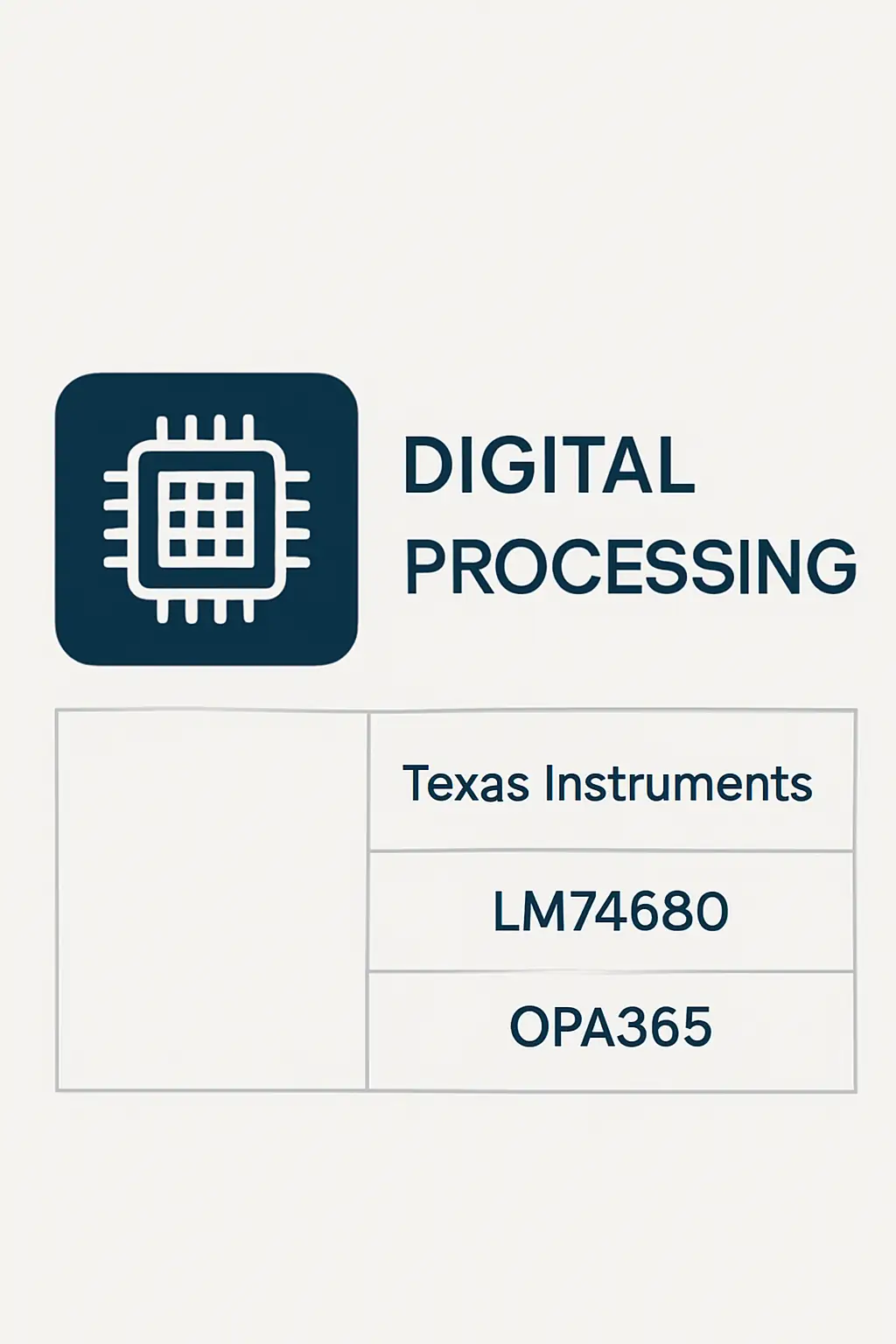Digital Processing
Automotive Electronics refers to the integration of electronic systems within vehicles to enhance performance, safety, and comfort. These systems are essential in modern vehicles, supporting functions such as engine management, transmission control, and digital processing. Powertrain & ICE Management focuses on optimizing the internal combustion engine (ICE) and powertrain operations for efficiency and emissions control. Transmission Control Units (TCUs) manage gear shifts and torque delivery, ensuring smooth and efficient vehicle operation. Digital Processing involves the use of advanced computing systems to process data from various sensors, enabling real-time decision-making and improved vehicle performance. Together, these components form a critical part of modern automotive technology, enhancing driving experience, fuel efficiency, and environmental compliance. They are widely used in passenger cars, commercial vehicles, and electric vehicles, supporting both traditional and next-generation mobility solutions. By integrating intelligent electronics, automotive manufacturers can deliver safer, more reliable, and more sustainable transportation options.
Details
Digital Processing

Related Parts
| Series Name | Description | Manufacturer Name | Attribute Description |
|---|---|---|---|
| Texas Instruments | 60V, 1A synchronous rectifier controller, 200kHz fixed frequency, 5-pin SOT-23 package, ultra-low quiescent current, reverse current protection, wide input voltage range. | ||
| Texas Instruments | 1.8V to 5.5V supply, 220MHz GBW, 800V/μs slew rate, low noise 4.5nV/√Hz, 16-bit ADC driver, shutdown mode, rail-to-rail I/O, low distortion, single/dual supply operation. |








.png?x-oss-process=image/format,webp/resize,h_32)










